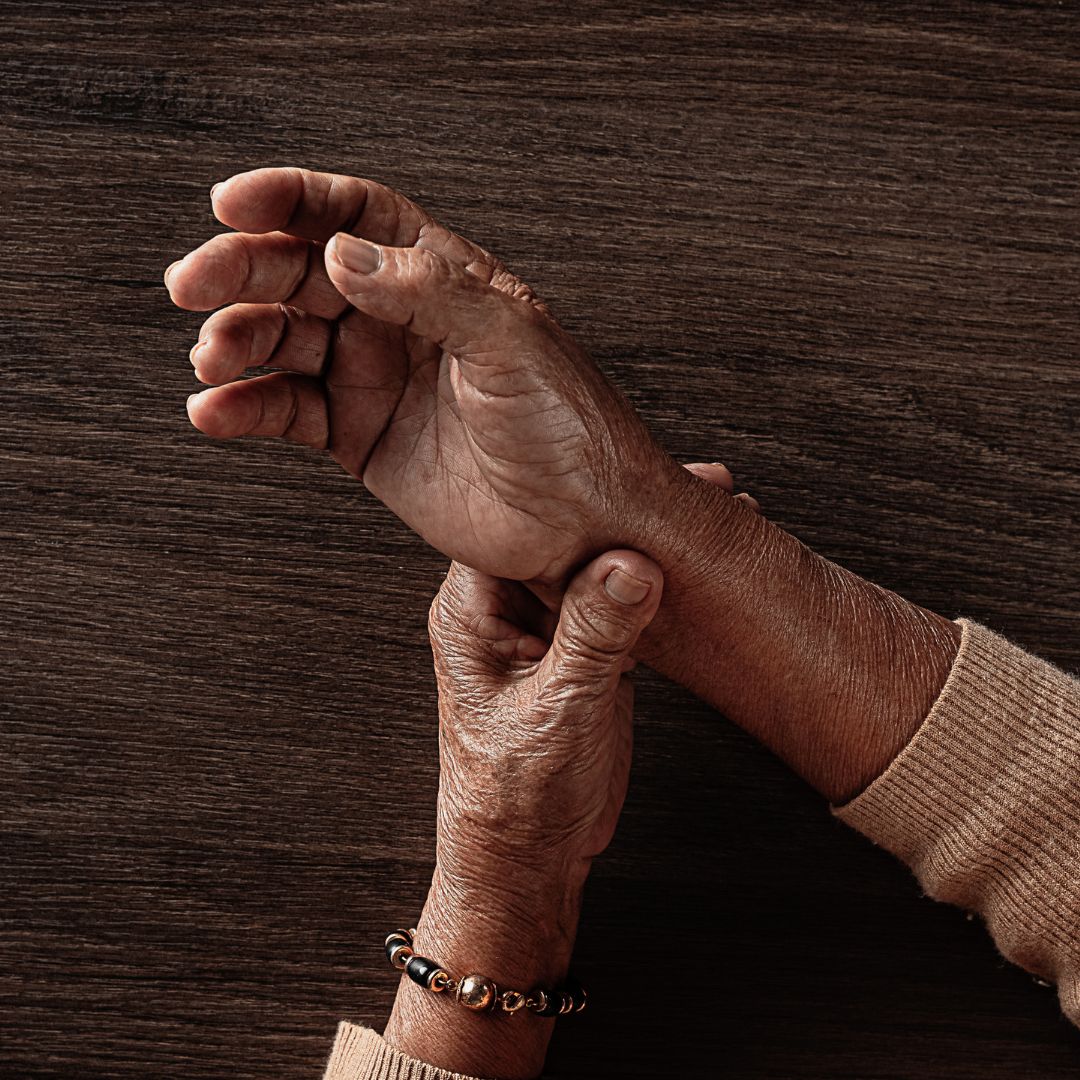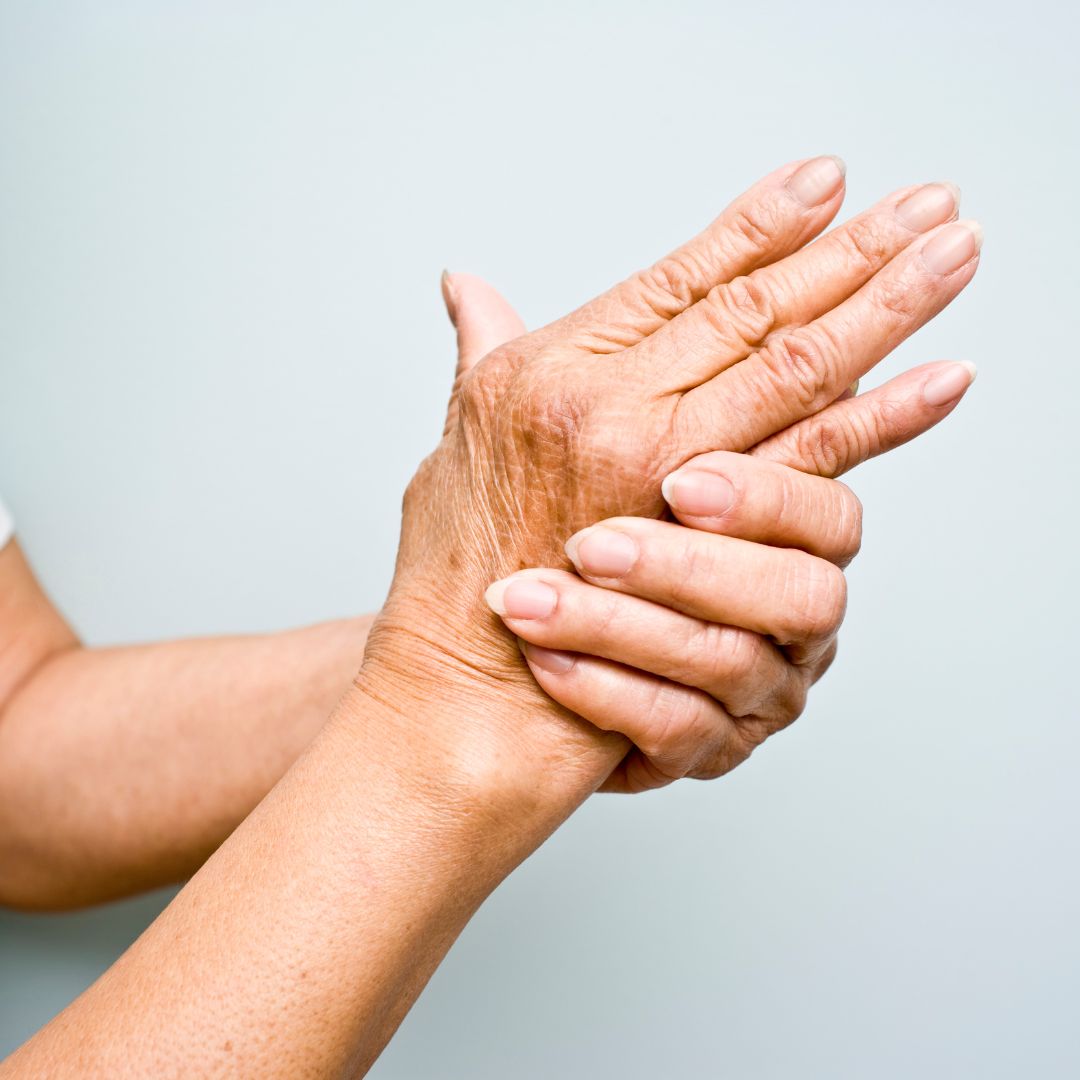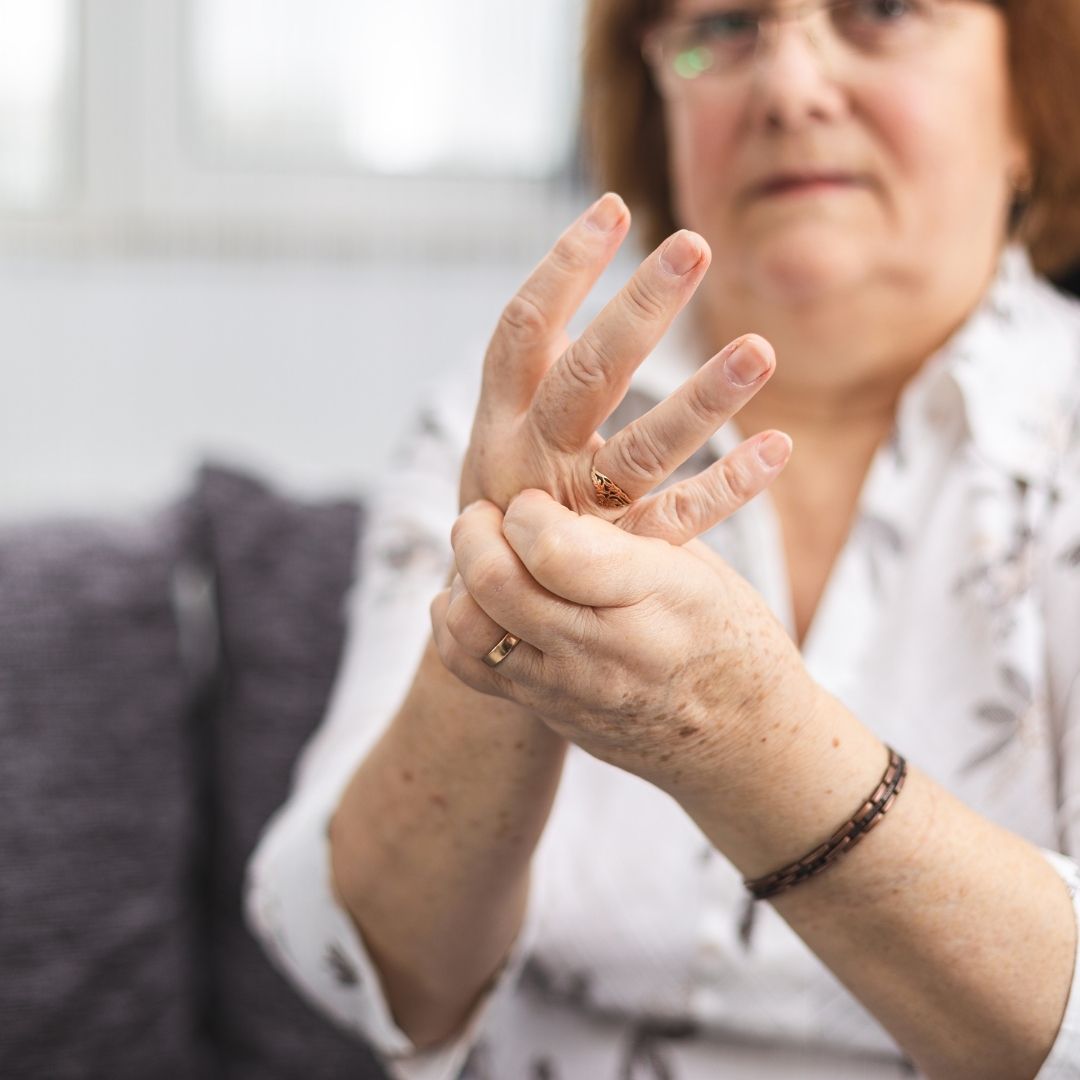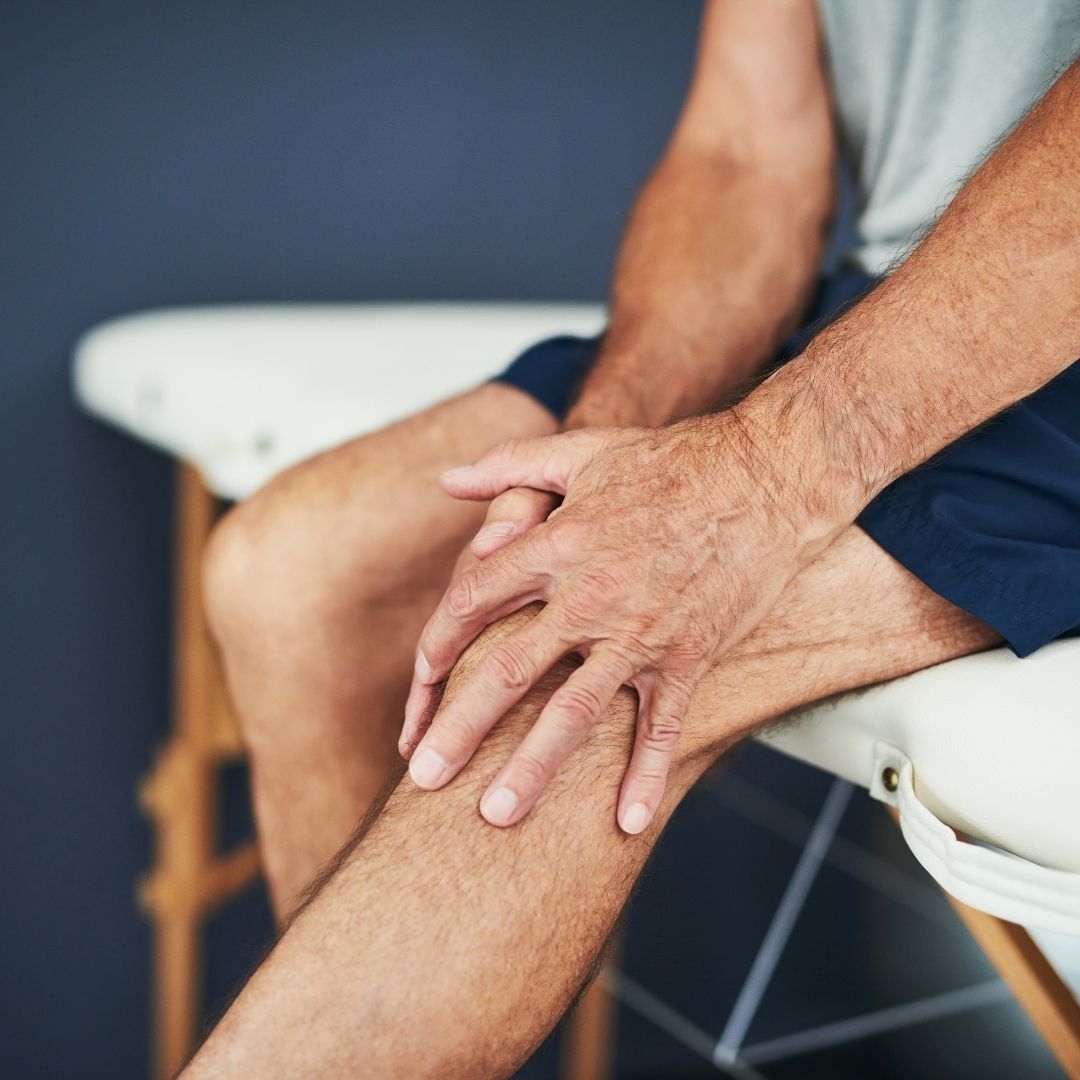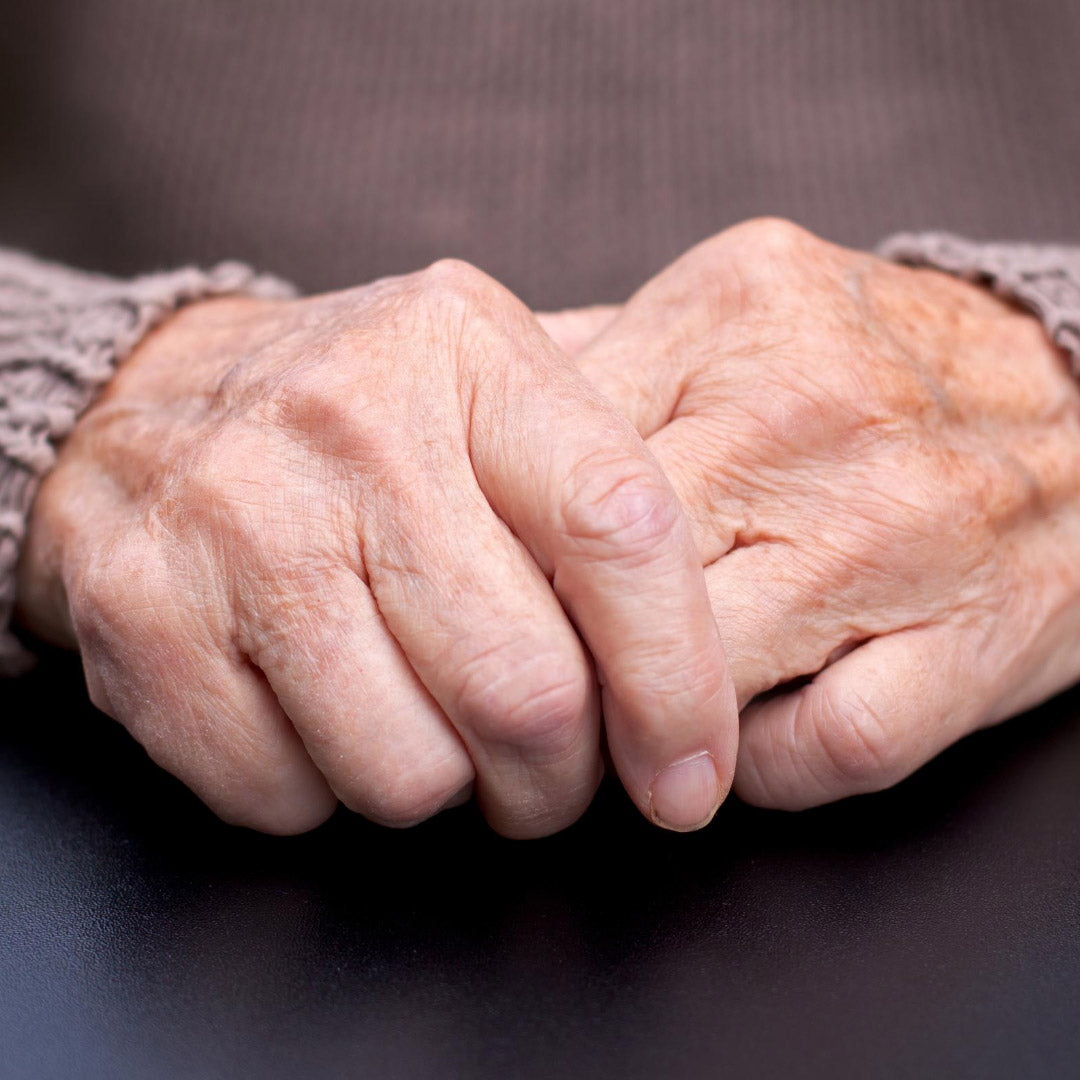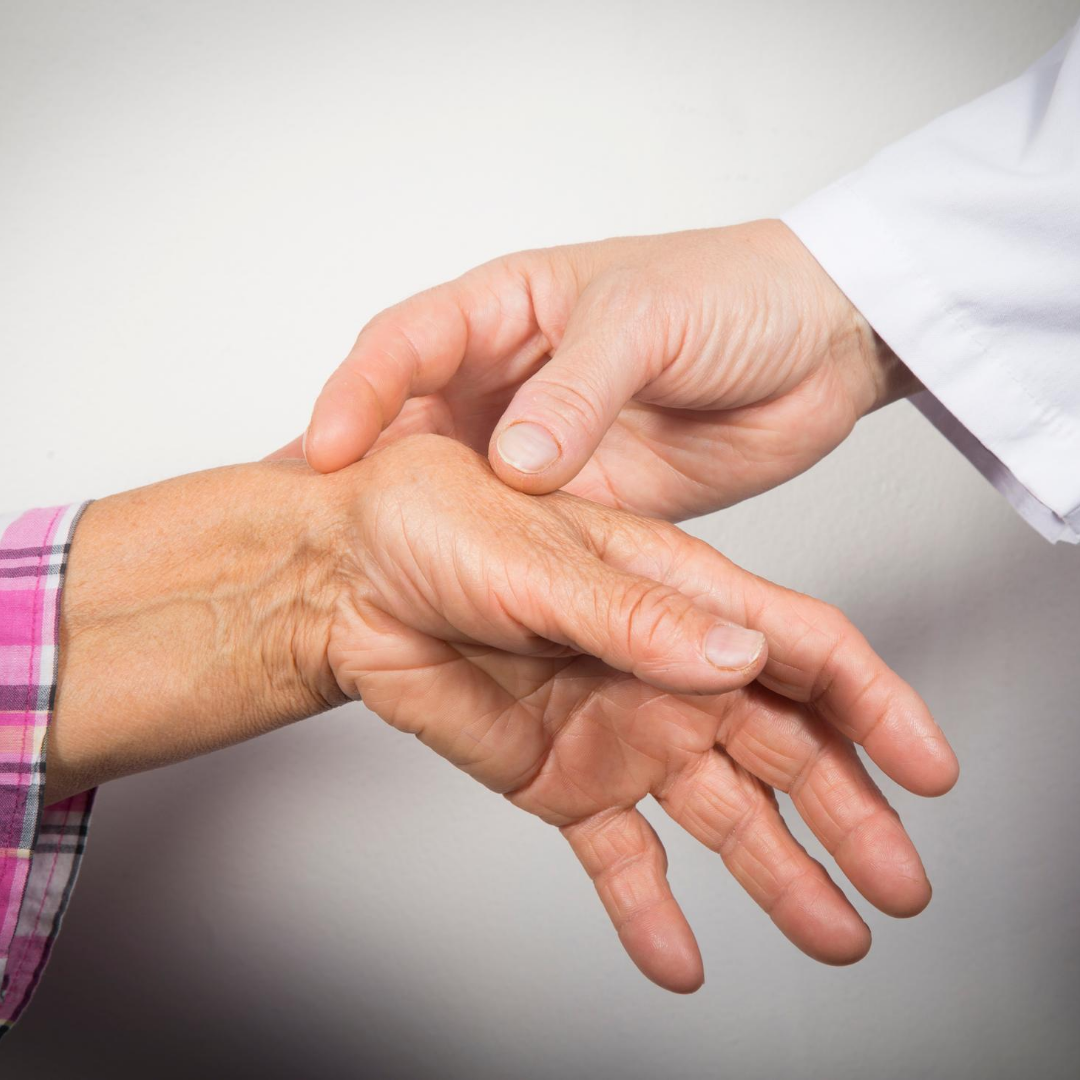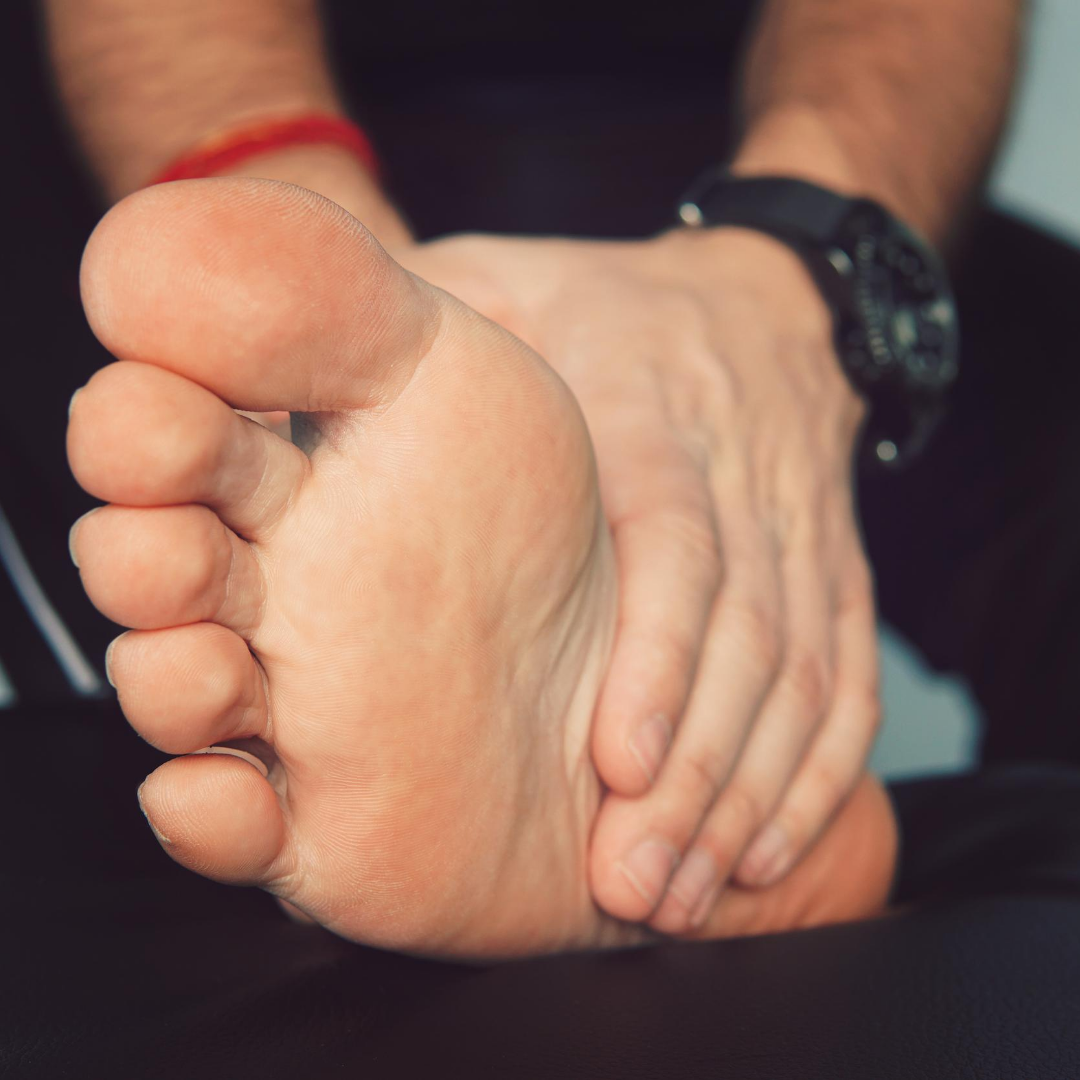Breaking Down Rheumatoid Arthritis
Curious about joint pain and inflammation causes? It might be arthritis, specifically rheumatoid arthritis. With over 1.3 million affected in the U.S., this autoimmune-triggered condition can vary in its root cause. Our blog breaks down RA - its symptoms, diagnosis, and effective management strategies for a fulfilling life.
Learn moreThe Link Between Psoriasis and Arthritis: Exploring Psoriatic Arthritis
Psoriatic arthritis is a condition that affects individuals with psoriasis. Discover the link between these two conditions and learn about the symptoms, causes, and treatment options in this informative guide.
Learn more8 Tips to Stay Well This Winter
Stay ahead of winter sniffles, colds, flus, and respiratory issues with our 8 Tips to Stay Well This Winter. From boosting your immune system natural to dry, itchy skin and sleeplessness the colder months don’t have to take a toll on your mind and body this season.
Learn moreArthritis Isn’t Just for Senior Citizens
By Dr. Peter Klapper Ph.D. Most people think of arthritis as a painful condition that strikes older adults after decades of placing too much wear and tear on their joints.While many adults do develop arthritis, this condition can also affect children under the age of 16. In fact, nearly 300,000 kids and teens in the United States have a form of juvenile arthritis, according to the Arthritis Foundation.Unlike osteoarthritis, the wear-and-tear form of the disease, juvenile arthritis is typically autoimmune or autoinflammatory in nature. This means that the body engages in friendly fire against its own bones, joints, and tissues, causing pain, inflammation, trouble walking, and other symptoms.Many types of arthritis can affect kids. The most common one is juvenile idiopathic arthritis (JIA), which is an umbrella term for several types of arthritis, including oligoarthritis, polyarthritis, systemic JIA, enthesitis-related JIA, juvenile psoriatic arthritis, and undifferentiated JIA. (Idiopathic means that the exact cause is unknown.)Other types include:Juvenile myositisJuvenile lupusJuvenile sclerodermaVasculitisFibromyalgiaSome kids also develop skin symptoms such as a scaly red rash with juvenile psoriatic arthritis, a butterfly-shaped rash across the nose and cheeks with juvenile lupus, or thick patches of skin with scleroderma. Your child’s eyes may also be inflamed and sensitive to light with certain types of arthritis. Other symptoms of juvenile arthritis include fatigue, appetite loss, and high fevers. The disease can also affect internal organs such as the lungs and heart as it progresses.Like other types of autoimmune disease, juvenile arthritis is marked by periods of flares of high disease activity and periods of remission where symptoms are nonexistent.There is no cure for juvenile arthritis, but prompt diagnosis and aggressive treatment can stop the disease in its tracks. Immune-modulating medications can help cool inflammation and prevent progression, while other types of medications can relieve symptoms. A well-rounded treatment plan typically includes medication, regular physical activity, and a healthy diet. There’s also a growing role for complementary therapy such as acupuncture; Forces of Nature Joint Pain Relief, an organic, plant-based topical product that can be rolled on painful, swollen joints; and other modalities.The bottom lineIf you think your child has signs of arthritis, check in with your pediatrician to learn the next steps. Diagnosing the condition early and treating it aggressively is the best way to help your child preserve joint function and mobility.Learn more about juvenile arthritis at the National Institute of Arthritis and Musculoskeletal and Skin Diseases.
Learn moreRheumatoid Arthritis: A Guide to Seeking Treatment for Joint Pain
By Dr. Peter Klapper Ph.D. As we age, it’s natural for our joints and muscles to tighten and crack more than they did when we were young. Our muscles lose strength and endurance while our joints become stiffer and less flexible. The latter is usually due to the decrease in cartilage between joints and our ligaments shortening. So, how do you tell the difference between general wear and tear on the body and something more serious such as Rheumatoid Arthritis?First off, it’s important to understand more about this autoimmune disease.What is Rheumatoid Arthritis?Unlike osteoarthritis, the most common arthritis affecting millions worldwide, Rheumatoid Arthritis isn’t a result of over working your joints from sports, obesity, genetic deformities, or the like. It’s actually an autoimmune disease that results from your immune system attacking your body’s own tissues. Beyond your joints, rheumatoid arthritis can also affect body parts such as your eyes, mouth, and lungs.The symptoms can range from swollen and tender joints, joint stiffness, fatigue, and loss of appetite. The symptoms can vary in severity and may even come and go with periods of flare-ups and remission.While Rheumatoid Arthritis can begin at any age, you’re more likely to develop this condition in your sixties. You’re also more at risk if you’re a woman, smoke, are obese, or have a genetic/inherited trait that can cause for your arthritis to be worse.So, how do you know if you’re developing Rheumatoid Arthritis?The Four Stages of Rheumatoid ArthritisWhen diagnosing your Rheumatoid Arthritis, you will need to know what stage you’re currently in. Those four stages are as follows:Stage 1: In the early stages of Rheumatoid Arthritis, your body will begin to mistakenly attack your own joint tissue causing the membranes to swell. Those symptoms will include mild joint pain and stiffness commonly in your hands, fingers, ankles, and knees.Stage 2:During this stage, your body is alerted that something is going awry. At this point, the body has begun developing antibodies that has caused your joints to increase in swelling. This inflammation and swelling have now led to the thinning of the cartilage between your joints. As you use your hands and no longer have the padding in terms of cartilage, you will feel more stiffness as you use your extremities and joint damage can begin to occur.Stage 3:At this point, you should be very aware something isn’t right – in fact, your symptoms will be incredibly visible. Now that the joints are damaged, they will begin to fuse with connective tissue that limits range of motion. It will cause them to become bent and deformed, making fingers look crooked. This can also cause your joints to press on your nerves causing nerve pain.Stage 4:If your Rheumatoid Arthritis still hasn’t been treated by stage 4, you will no longer have a joint remaining. Your bones will have now fused together. The pain will have likely ceased, but you will lack the ability to move your joints as you did previously.If you are experiencing any of the symptoms in the stage above, please contact your doctor to seek treatment.However, we would like to give you some peace of mind by knowing that it’s now less common to see people reach the later stages of Rheumatoid Arthritis because there are effective treatments options. Especially if you’re proactive.Coping With an Autoimmune DiseaseWith any autoimmune disease, it can be hard to cope at first. You might be asking yourself why this happened to you or be so frustrated by flare-ups, everyday pain and how it affects your day-to-day. The silver lining is that 80% of sufferers can lead a normal life with the aid of medication and treatment.How To Treat ItDepending on the severity of your Rheumatoid Arthritis and what stage you might be in, there are various ways to treat your pain. Medication options can include NSAIDS, steroids, conventional DMARDs, biologic agents and targeted synthetic DMARDS. Physical therapy and surgery are also options depending on the level of damage on the joint and fusing that has taken place.And if none of those options speak to you, there is also the natural approach to relieve pain.Our natural joint pain relief will quickly alleviate minor aches and pains of muscles and joints associated with Rheumatoid Arthritis. Natural analgesics in our formula works with your body over time so you can regain healthy joint mobility and get back to the things you love. Give this natural treatment option a try today!
Learn moreWhat Is Arthritis and How Can You Treat It?
By Dr. Peter Klapper Ph.D. Have you noticed a recent stiffness or pain in your joints lately? While the pain you’re experiencing can come from various causes, it’s always smart to rule out if you are dealing with an ailment such as arthritis. But to be able get ahead of the pain, you first need to understand all there is about this debilitating disease. What Is Arthritis?Arthritis is a term most of us are somewhat familiar with and tend to associate with the older population. Yet strangely enough, most people who suffer from arthritis are under the age of 65. So, what causes it? Well, arthritis is actually the result of swelling and tenderness in one or more of your joints with symptoms are joint pain and stiffness. The term means joint inflammation but is used to describe around 200 conditions that affect joints, with the two most common types being osteoarthritis and rheumatoid arthritis. OsteoarthritisOsteoarthritis is the most common form of arthritis affecting millions worldwide. This type of arthritis occurs when the cartilage at the end of your bones wears down overtime. It can affect and damage any joint in your body but is most known to cause issues in your hands, knees, hips and spine. You are more likely to have osteoarthritis if you are older, female, obese, have experienced stress on the joint from sports or an accident, have a bone deformity or inherited genetically. Common symptoms are pain, stiffness, tenderness, loss of flexibility and range of motion, a grating sensation (popping or crackling) when using the joint and swelling. While Osteoarthritis can be managed, it cannot be reversed. The best way to stay proactive and ahead of further damage is to stay active, maintain a healthy weight and the use of various treatments. RheumatoidIt’s important to know that rheumatoid arthritis is different from osteoarthritis. Yes, it still affects your joints and causes pain and swelling but not from wear and tear. Rheumatoid arthritis is an autoimmune disease that results from your immune system attacking your body’s own tissues. Beyond your joints, rheumatoid arthritis can also affect body parts as your eyes, mouth, and lungs and often starts in middle age but is more common if you’re older. Symptoms include swollen and tender joints, joint stiffness and fatigue and loss of appetite. These symptoms can vary in severity and may even come and go with periods of flare ups and remission. The disease typically starts with smaller joints in your fingers and hands and as it progresses, spreads to your wrists, knees, ankles, elbows, hips, and shoulders. How To Treat Joint Pain Caused by ArthritisSo, there must be a treatment to all this pain and stiffness, right? Of course. Arthritis can be treated by physical therapy, with over-the-counter meds, steroids, creams, and ointments and in severe cases, surgery. And while many of these remedies can be great, the use of over-the-counter drugs long-term may not be the route you prefer. If you’re looking for a natural approach that works to relieve joint and arthritis pain, we have just the thing. Our natural joint pain relief will quickly alleviate minor aches and pains of muscles and joints associated with arthritis. We combined Horse Chestnut and Rue for their powerful therapeutic effects to quickly alleviate stiffness, swelling and inflammation while working with your body to naturally increase circulation. Natural analgesics in this natural joint pain relief formula work with your body over time to so you can regain healthy joint mobility and get back to the things you love. Give this natural treatment option a try today!
Learn moreOsteoarthritis Symptoms and Treatment Options
Osteoarthritis is a form of arthritis which usually occurs in the elderly. Symptoms stem from a degeneration of cartilage which causes joint pain. The pain is often chronic and can be rather intense.
Learn moreTreatment Options for Rheumatoid Arthritis
Conventional treatment usually involves the use of anti-inflammatory drugs and steroids. These can provide temporary relief. However, once introduced to the system, the body's requirement for these medications often increases over time.
Learn moreDefining Gout and Exploring Treatment Options
Gout is suffered mostly by middle aged men, though by no means exclusively. There also is a hereditary link as well. In medical terms, gout is caused by high levels of uric acid in the blood.
Learn moreWhat Causes Joint Pain?
Many people associate joint pain with the common disease, arthritis, which the CDC states effects 1 in 4 Americans. However, joint pain can be caused by a wide range of injuries, ailments, and diseases, each of which effect the body in different ways. All in all, joint pain effects about 30% of the population
Learn more

